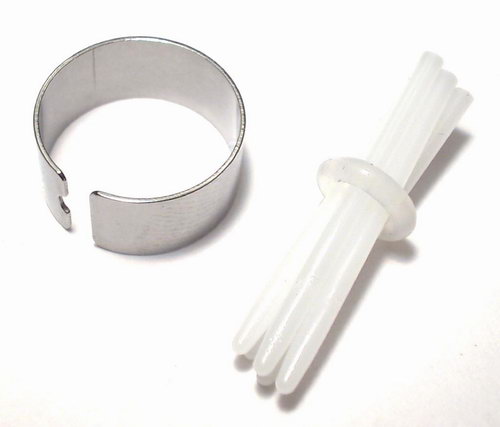Why have a really nice screen and really nice keyboard and game controls, if you're then going to put an OS on it that assumes your only input method is ten sausages? Why do people so badly want to cover their screen with finger grease?
Actually, Android supports just about every input method you could imagine. It even supports a mouse perfectly and just assumes a left click is the same as a finger tap on a screen spot, so I don't think it's fair to criticize Android in that regard. It also supports full keyboard and HID interfaces, including a dedicated (and standard) game controller layout, so games can automatically detect what inputs are available and optimize based on that - by presenting onscreen controls if no physical ones are available, for example.
As far as WHY for me it boils down to software. Linux has tons of emulators, but not a lot of native games, and most commercial Linux games are built for desktops and lack ARM builds. Android fares much better in this department, and also tends to be a lot easier here as well.
Granted, maybe Linux has gotten better in the 3-5 years since I last put it on a desktop, but I seriously doubt it's any *better* than Android's app distribution system is.
And lastly, I have a lot of games already purchased for Android on my phones/tablets - I don't want to have to re-buy them for Linux.
BUT AGAIN - I *know* I am in the minority here. I don't expect any of this to change, and I will certainly give the Pyra's Linux distribution a shot to see how it feels, or I might even dual boot it if that's possible, I just doubt very much that
my first instinct won't be to immediately load up Android instead.



